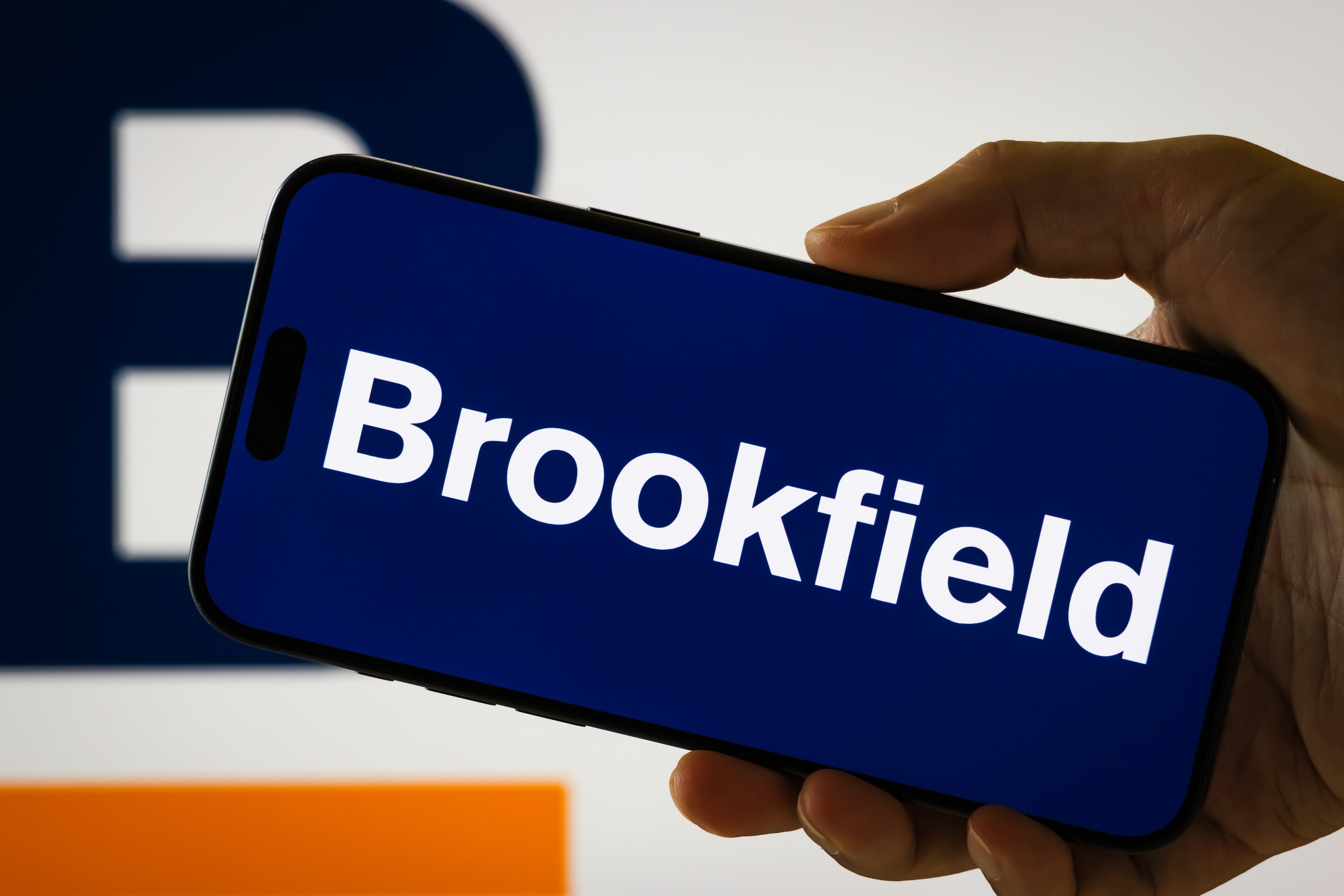After crushing the market last year, Brookfield Infrastructure Partners (BIP +0.99%) has been ice cold in 2018, falling more than 15% compared to about a 4% gain for the S&P 500. That underperformance came even though the global infrastructure giant reported strong results to start the year. Because of that sell-off, and an 8% distribution increase earlier in the year, Brookfield currently yields around 5%, its highest level in quite some time. That's an income opportunity I didn't want to miss, which is why I recently added to my position.
What's weighing on Brookfield in 2018?
Two issues seem to be weighing on Brookfield in 2018. First, the company recently sold its electricity transmission business in Chile, which will act as a slight headwind on cash flow until the company redeploys that capital into new opportunities. While the company is working to acquire a gas distribution system in Colombia to offset some of the lost income, another deal for communication towers in India fell through toward the end of last year.

Image source: Getty Images.
Meanwhile, truckers in Brazil went on strike a few weeks ago to protest surging diesel prices in the country, which impacted the flow of goods. That disruption has increased concerns that Brazil's fragile economy could head in reverse in the second half of this year. As the owner of both toll roads and ports in the country, Brookfield could feel a pinch directly from the truckers' strike as well as any subsequent impact that event has on trade in the coming months.
One step back to take several forward
While the sale of its Chilean electric transmission business will likely cause cash flow to dip in the near term, that deal boosted Brookfield's liquidity up to $4.5 billion, which is a massive war chest that it can deploy to grow cash flow in the future. While there's some uncertainty on how the company will use that money, CFO Bahir Manios provided some hints on the first-quarter conference call that the company has several opportunities under review.
One of the largest is in the North American energy sector, where it is in "various stages of discussions with large midstream energy companies," according to Manios, on a variety of opportunities, including buying assets, taking companies private, as well as partnership arrangements. The CFO said that the company was "encouraged by a number of the interesting opportunities in front of us" and believes it's well positioned to act on transactions in the coming quarters.
Meanwhile, the recent turmoil in Brazil could be an opportunity in disguise. That's because Brookfield flourishes during times when markets are volatile, which was the case in Brazil a couple of years ago. Because of the political and economic turmoil at the time, Brookfield faced little competition for assets, which enabled it to purchase a major natural gas network and secure the rights to build several natural gas transmission lines in the country at excellent values. As such, if Brazil takes another step backward, the company could take advantage of the situation and capture similar needle-moving opportunities in the country again this year.
In addition to these near-term acquisition opportunities, Brookfield is on the lookout for ways to invest in several compelling long-term trends, including water and data infrastructure, smart cities, and Asia. The company believes that each of those represents significant long-term growth drivers that could create meaningful value for investors in the coming years.
A great dividend growth stock for an even better price
Investors are focusing too much attention on the possibility that Brookfield's cash flow will head in reverse later this year. Because of that, they're overlooking the potential for the very issues currently weighing it down to be what position it for greater growth in the coming years. That's why I couldn't resist taking advantage of this year's double-digit sell-off to add to my position in Brookfield and lock in more of its high-yield payout, which the company firmly believes it can increase at a 5% to 9% annual rate for the next several years.






